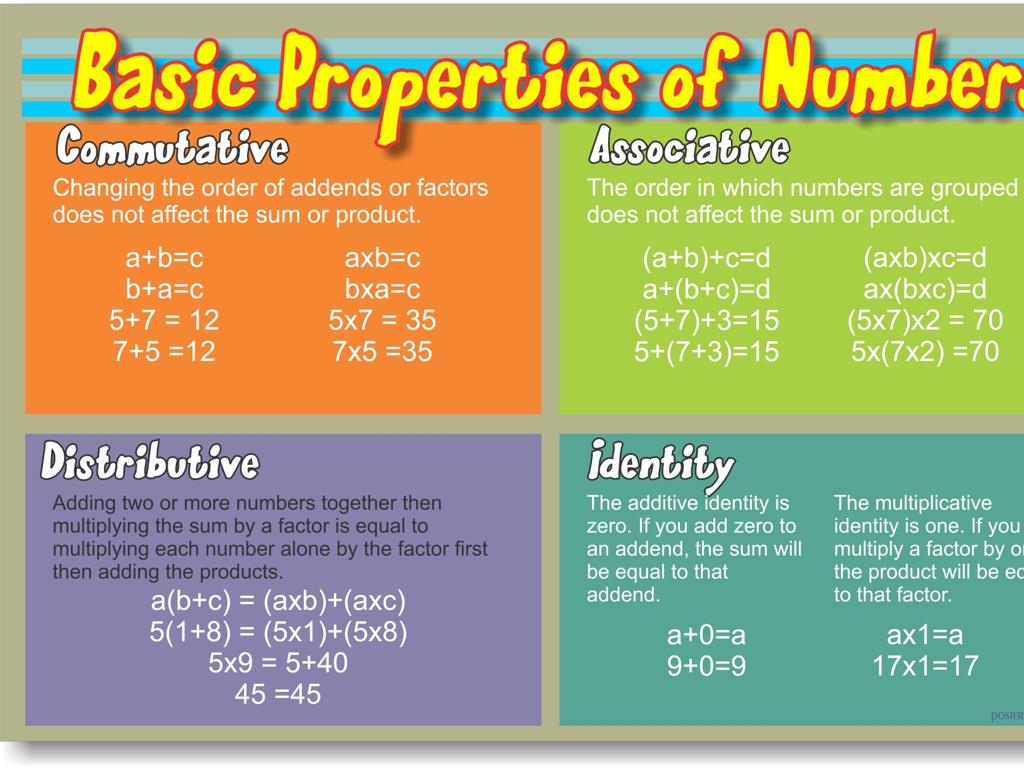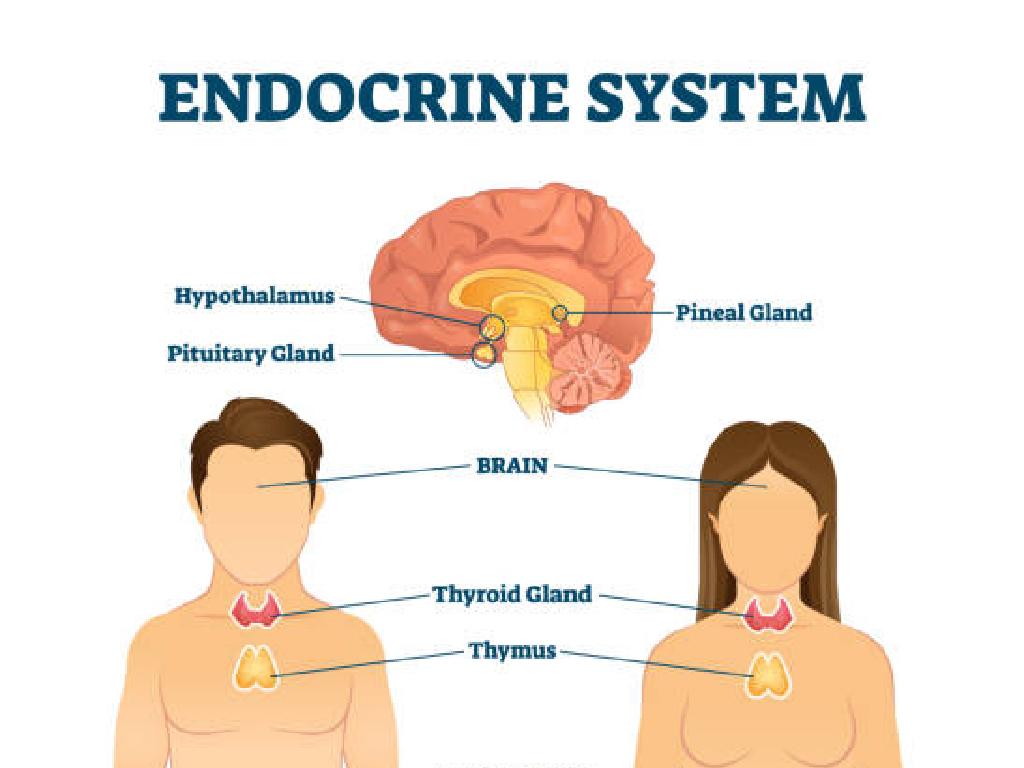Choose Evidence To Support A Claim
Subject: Language arts
Grade: Eighth grade
Topic: Persuasive And Opinion Writing
Please LOG IN to download the presentation. Access is available to registered users only.
View More Content
Mastering Persuasive Writing: Supporting Arguments
– Understand persuasive writing
– Persuasive writing aims to convince readers of a viewpoint.
– The strength of supporting arguments
– Strong evidence strengthens your position.
– Focus: Evidence for claims
– Learn to select credible and relevant evidence.
– Crafting compelling arguments
|
This slide introduces students to the concept of persuasive writing, emphasizing the importance of backing up arguments with solid evidence. Persuasive writing is not just about stating opinions; it’s about convincing the reader to agree with a particular point of view. To do this effectively, one must use evidence that is both credible and relevant to the claim being made. Today’s lesson will focus on how to choose the right evidence, which will involve evaluating sources for reliability and relevance. Encourage students to think critically about the evidence they encounter and to practice discerning which pieces of information will most effectively support their arguments.
Crafting a Strong Claim in Persuasive Writing
– Define a claim in writing
– A claim states your position on a topic or issue.
– Significance of a strong claim
– A strong claim is crucial for convincing readers and setting the direction of the essay.
– Analyzing claims in opinion pieces
– Look at editorials or persuasive essays to see how writers present their claims.
– Crafting your own claim
– Use clear, assertive language to formulate a claim that you can support with evidence.
|
This slide introduces the concept of a claim in persuasive writing, which is a statement that asserts a viewpoint or stance on an issue. Emphasize the importance of a strong, clear claim as the foundation of a persuasive essay, as it guides the direction of the argument and hooks the reader’s interest. Provide examples from opinion pieces, such as newspaper editorials, to illustrate effective claims. Encourage students to think critically about what makes these claims compelling. Finally, guide students through the process of creating their own claims, stressing the importance of being able to back up their claims with solid evidence in subsequent paragraphs.
Types of Evidence in Persuasive Writing
– Facts vs. Opinions: Distinguish them
– Facts are indisputable truths, while opinions are personal beliefs.
– Statistics: Utilize supporting numbers
– Statistics provide numerical evidence that strengthens arguments.
– Testimonies: Cite expert opinions
– Testimonies from authorities or witnesses can validate claims.
– Anecdotes: Use personal stories
– Anecdotes offer relatable examples that illustrate a point.
|
This slide aims to educate students on the different types of evidence they can use to support their claims in persuasive writing. Understanding the distinction between facts and opinions is crucial for constructing a valid argument. Statistics can be powerful in quantifying evidence, making an argument more convincing. Testimonies, especially from experts or individuals with firsthand experience, lend credibility to the claim. Anecdotes allow writers to connect with their audience on a personal level, making their argument more memorable. Encourage students to gather a variety of evidence types to make their persuasive essays more compelling. In the next class, students can practice identifying these types of evidence in sample texts or bring in examples from their own research.
Evaluating Sources of Evidence
– Assessing source credibility
– Is the source reputable and reliable?
– Ensuring evidence relevance
– Does the evidence directly back your claim?
– Checking for current information
– Is the data recent and still applicable?
– Integrating evidence effectively
|
When students are gathering evidence to support a claim, it’s crucial they evaluate their sources for credibility, relevance, and currency. Credibility involves the trustworthiness of the source, which can be judged by the author’s qualifications, the publication’s reputation, or the presence of citations. Relevance requires students to critically analyze whether the evidence they find directly supports their claim. Current information is essential to ensure that the evidence reflects the most recent research and findings. Students should be taught to integrate evidence smoothly into their writing, using it to bolster their arguments rather than simply inserting it without explanation. Encourage students to practice these skills by researching a topic of interest and presenting their findings, including their evaluation of each source.
Integrating Evidence into Your Writing
– Introducing evidence effectively
– Start with a claim, then introduce evidence with phrases like ‘For instance,’ or ‘According to.’
– Using evidence to strengthen arguments
– Evidence should directly support your claim and be explained how it relates to your argument.
– Citing sources to back up claims
– Always give credit to original sources with proper citations to avoid plagiarism.
– Importance of credible evidence
– Use evidence from reputable sources to make your argument more convincing.
|
This slide aims to teach students the importance of using evidence in persuasive writing. Start by explaining how to introduce evidence in a way that flows naturally from their argument. Emphasize the need for evidence to be directly related to the claim and how it should be used to build a stronger case. Discuss the ethical and academic necessity of citing sources, providing examples of proper citation formats. Highlight the importance of selecting evidence from credible sources to enhance the validity of their argument. Encourage students to practice these skills with examples and to always question the reliability of their sources.
Class Activity: Evidence Scavenger Hunt
– Review a persuasive article
– Identify types of evidence
– Look for facts, statistics, anecdotes, and expert opinions
– Evaluate evidence effectiveness
– Decide how convincing each evidence is
– Group discussion on findings
– Share insights and learn from peers
|
This activity is designed to enhance students’ critical thinking and analytical skills by reviewing a persuasive article and identifying various types of evidence such as facts, statistics, personal anecdotes, and expert opinions. Students will evaluate the effectiveness of each piece of evidence in supporting the article’s claim. After individual analysis, students will engage in a group discussion to share their findings, providing an opportunity to learn from different perspectives. This collaborative exercise will help students understand the importance of evidence in persuasive writing and how it can be used to strengthen an argument. Teachers should prepare a list of articles for students to choose from and guide the discussion to ensure a comprehensive understanding of the topic.
Writing Workshop: Crafting Your Persuasive Essay
– Select a persuasive essay claim
– Conduct research for evidence
– Use credible sources to back your claim
– Compile evidence to support your claim
– Organize facts, statistics, quotes to bolster your argument
– Discuss findings with a classmate
– Exchange insights and constructive feedback
|
This slide is designed to guide students through the process of writing a persuasive essay. Students should start by choosing a clear and debatable claim that they feel passionate about. Next, they need to research and gather robust evidence from reliable sources to support their claim. Encourage students to look for a variety of evidence types, including facts, statistics, and quotes from experts. Once they have their evidence, they should organize it in a logical way to strengthen their argument. Finally, students will pair up to share their findings and provide each other with feedback. This peer review process is crucial for refining their arguments and ensuring they have considered multiple perspectives. As a teacher, facilitate the workshop by providing resources for research, guiding students on how to evaluate the credibility of sources, and offering strategies for effective peer discussions.
Concluding Strong Evidence & Homework
– Recap: Choosing strong evidence
– Impact of supported claims
– Well-supported claims make arguments more persuasive and credible.
– Homework: Craft a paragraph
– Write a paragraph with a clear claim. Support it with at least three pieces of evidence.
– Share and discuss next class
– Be prepared to present and explain how your evidence backs up your claim.
|
As we wrap up today’s lesson, remember that choosing strong, relevant evidence is key to making persuasive arguments. For homework, students are to write a paragraph that includes a claim on a topic of their choice and supports it with at least three pieces of evidence. This exercise will help reinforce their understanding of how evidence strengthens their writing. In the next class, we’ll share our paragraphs and discuss the effectiveness of the evidence used. Encourage students to think critically about the evidence they choose and how it relates to their claim. This will not only improve their writing skills but also their analytical thinking.






